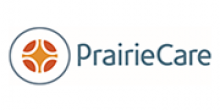CAPITAL RAISING
$257b
In Transactions
223
Total Transactions
We leverage our direct and long-standing institutional funder relationships to provide innovative and unique solutions that meet the financial needs and objectives of our clients – because getting results that enhance their prosperity is what drives us.
read more













































































